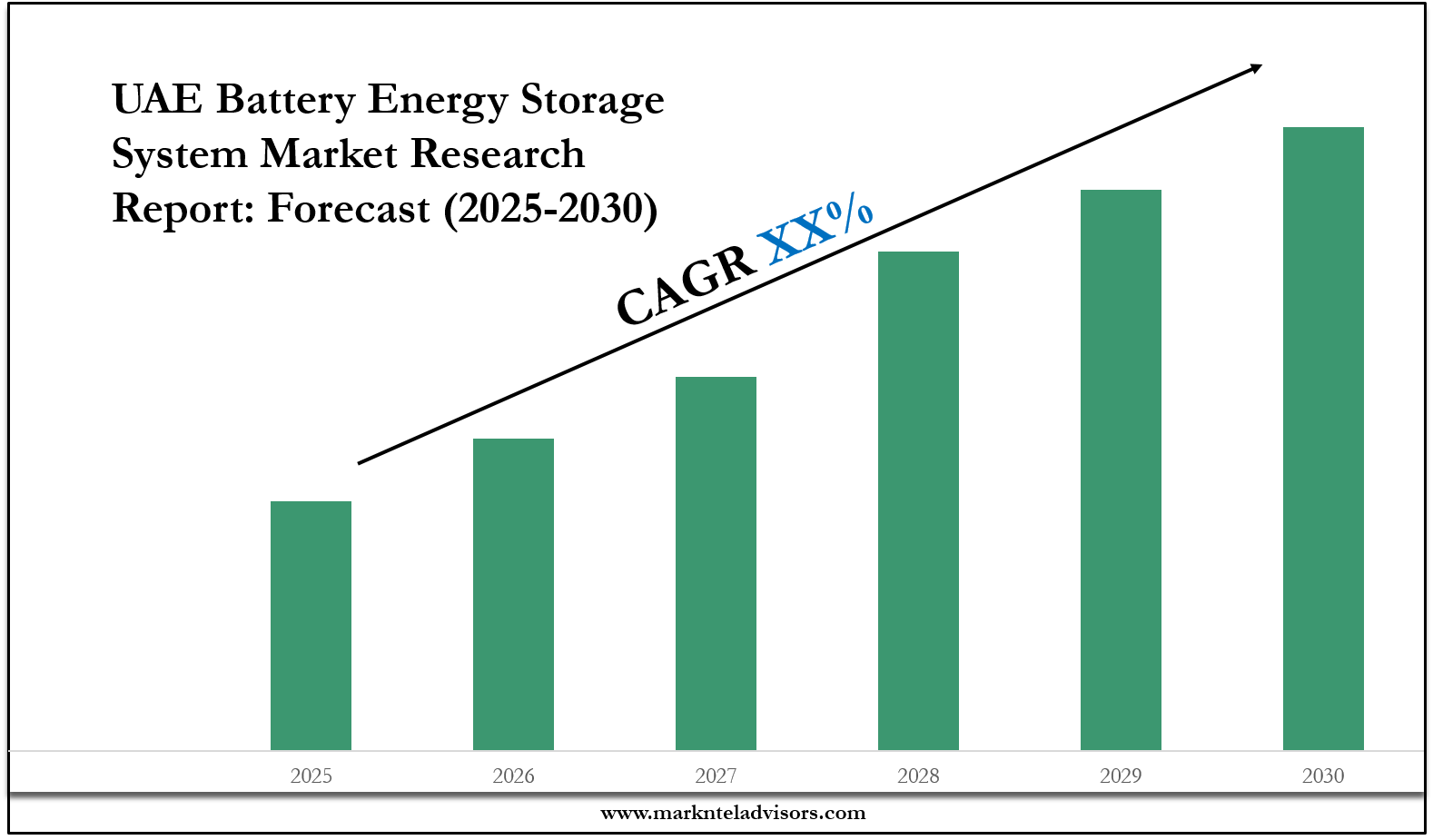Motorcycle Batteries: Powering the Future of Two-Wheeler Mobility

Introduction
The Motorcycle Battery Market is expanding steadily as global demand for two-wheelers continues to rise across urban, rural, and developing regions. Motorcycle batteries are essential components that power ignition, lighting, fuel injection, electronic systems, and in the case of electric motorcycles, the propulsion system itself. With increasing adoption of motorcycles for daily commuting, logistics, recreation, and delivery services, reliable battery performance has become a critical factor for vehicle efficiency. The shift toward fuel-efficient motorcycles, electric two-wheelers, and technologically advanced bikes is driving interest in high-performance battery technologies. As manufacturers enhance motorcycle designs with electronic features—including ABS, digital consoles, connectivity modules, and sensors—the need for robust and long-lasting batteries is stronger than ever.
Market Drivers
The primary driver of the Motorcycle Battery Market is the rising global demand for motorcycles, especially in Asia-Pacific, where two-wheelers form the backbone of personal mobility. Growth in urbanization, increasing fuel costs, and the need for affordable transportation contribute significantly to the demand for efficient motorcycle batteries. The expansion of e-commerce and delivery services has boosted motorcycle usage for last-mile logistics, further driving battery consumption. Technological advancements—such as maintenance-free (MF) batteries, VRLA (Valve-Regulated Lead-Acid) batteries, and lithium-ion batteries—are improving performance, durability, and reliability. Government incentives promoting electric two-wheelers in China, India, Europe, and Southeast Asia are accelerating the adoption of lithium-ion motorcycle batteries. Additionally, increased production of premium bikes with advanced electronics creates demand for high-capacity, fast-charging batteries.
Market Challenges
Despite strong growth, the market faces challenges such as fluctuating raw material prices, limited battery lifespan, and performance degradation in extreme weather. Lead-acid batteries, still widely used due to low cost, are heavy, environmentally hazardous, and less durable compared to lithium-ion alternatives. Lithium-ion batteries, while superior, remain more expensive and require advanced battery management systems (BMS) to ensure safety and longevity. In developing regions, lack of awareness regarding battery maintenance, improper charging practices, and exposure to extreme temperatures can reduce battery life. The availability of counterfeit and low-quality batteries also affects market trust and performance consistency. Furthermore, supply chain disruptions impacting lead, lithium, cobalt, and nickel can affect battery pricing and availability.
Market Opportunities
The Motorcycle Battery Market offers major opportunities driven by electrification, premiumization, and technological innovation. The rapid rise of electric motorcycles, scooters, and e-bikes is creating strong demand for high-performance lithium-ion batteries with long range and fast-charging capability. Smart battery systems with IoT connectivity, real-time health monitoring, and predictive diagnostics are emerging trends. Manufacturers are exploring solid-state battery technologies for higher safety and energy density. The aftermarket segment offers substantial opportunity as millions of motorcycles require periodic battery replacement. Growth of ride-sharing and fleet-operated motorcycles increases demand for durable, long-life batteries. Emerging markets in Africa, Southeast Asia, and Latin America represent untapped potential with rising two-wheeler penetration. Sustainable battery recycling and second-life use cases also provide new business models for the battery ecosystem.
Regional Insights
Asia-Pacific dominates the Motorcycle Battery Market due to extensive two-wheeler usage in India, China, Indonesia, Vietnam, and Thailand. India, the world’s largest two-wheeler market, is experiencing rapid electrification supported by government subsidies and urban mobility programs. China leads globally in electric two-wheelers, driving large-scale lithium-ion battery adoption. Europe is witnessing strong growth with rising demand for electric scooters, urban mobility solutions, and strict emission regulations encouraging clean transportation. North America’s market is driven by demand for premium motorcycles, recreational biking, and increasing adoption of electric two-wheelers. Latin America and Africa represent growing markets with expanding motorcycle fleets and rising demand for durable, low-maintenance batteries.
Future Outlook
The future of the Motorcycle Battery Market will be shaped by electric mobility, advanced chemistries, and smart battery technology. Lithium-ion will continue to replace lead-acid as prices decline and performance improves. Solid-state batteries may become mainstream in motorcycles by the early 2030s, offering higher safety and energy density. AI-based battery management systems will optimize performance, extend battery life, and enhance safety. Modular, swappable battery solutions will gain traction in electric motorcycles and shared mobility fleets. As global mobility patterns evolve, motorcycles—especially electric models—will play a key role in urban transportation, driving long-term demand for advanced batteries.
Conclusion
The Motorcycle Battery Market is growing as two-wheelers remain essential for mobility, logistics, and urban commuting worldwide. While challenges such as material costs, battery lifespan, and safety concerns persist, ongoing advancements in lithium-ion technology, smart battery management, and electric mobility are reshaping the industry. Motorcycle batteries are evolving from basic energy sources to intelligent, high-performance components at the heart of modern two-wheelers. Companies that invest in innovation, quality, and sustainable battery solutions will lead the next phase of market growth. As electrification accelerates, the motorcycle battery market will remain a vital part of the global energy storage ecosystem.



